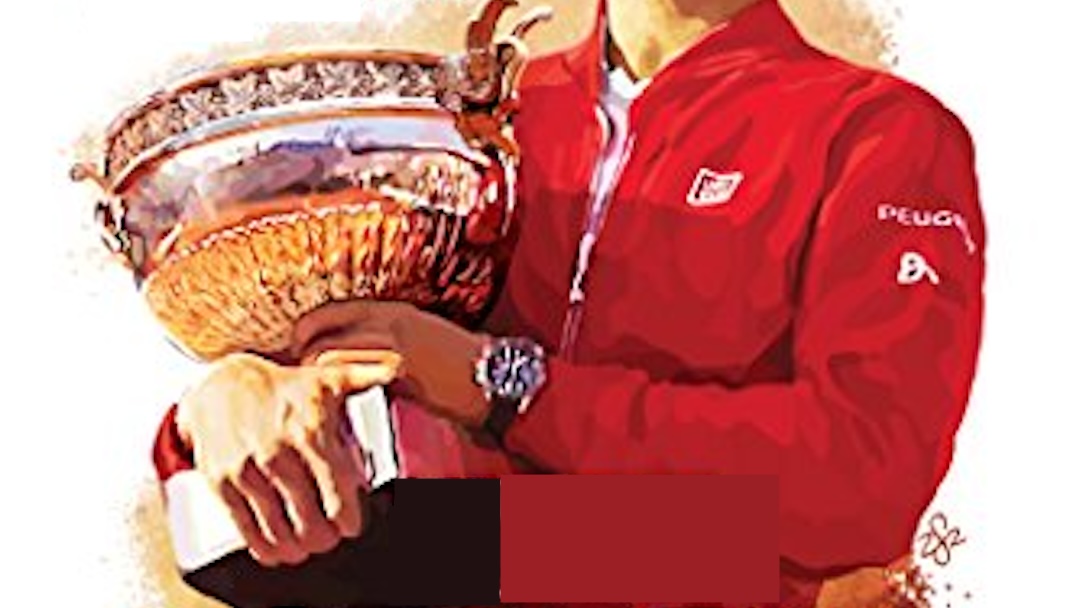Among his many accomplishments, Dr. Simon Ramo was the chief scientist for the Intercontinental Ballistic Missile (ICBM) when the Atlas rocket was developed. He also played a prominent role in the defense industry including developing the electron microscope for General Electric, and founded two Fortune 500 companies that are now a part of Northrop Grumman and Honeywell. As it turns out, Ramo was also an avid recreational tennis player who authored a book on the sport after he retired. Since the tagline of this blog is “An engineer overthinks tennis in a daily tennis journal,” reading and reviewing this book was inevitable.
Extraordinary Tennis for the Ordinary Player was first published in 1970. My personal copy is from the seventh printing in 1973, which is a testament to the book’s popularity during that era. My copy also has a price inked into the cover — $1. Times have changed.
Ramo wrote this book shortly before the leading edge of the “tennis boom,” a period of explosive growth in the sport’s popularity for recreational players in the United States. It delivered perfect information to a burgeoning player population hungry for realistic ways to improve their game that were more effective than simply emulating the techniques of professional players.
This book remains relevant decades later because it focuses on the timeless issues faced by everyday players—the tendency to lose points through unforced errors rather than being outplayed by a superior opponent. Ramo encourages players to focus on consistency, smart shot selection, and reducing unforced errors. This concept advises playing smarter, more controlled tennis.
If I had not known that Ramo was an engineer prior to reading this book, I would have guessed that from the writing style and structure. Rather than delving into the concepts of smart play, the book first establishes the in-depth reasoning behind it. As evidenced by other reviews of this material, some people would prefer to go straight to the answer rather than understanding the “why” behind each of Ramo’s theories. At the same time, the book is quite humorous, though some of his jokes might not resonate with a non-technical audience.
One standout feature of this book is Ramo’s pioneering grasp of how to use the geometry of the tennis court for tactical advantage. Additionally, he relays that material in a way that is both applicable and understandable by recreational players. Each of his explanations of court geometry is accompanied by a clear diagram that illustrates and explains the point.

Extraordinary Tennis for the Ordinary Player (<- Sponsored Link)
Extraordinary Tennis for the Ordinary Player is a must-read for anyone looking to improve their competitive level in a practical, realistic way. Ramo’s advice empowers ordinary players to play smarter, reduce frustration, and ultimately win more matches—not by hitting more winners but by making fewer errors. It’s a strategy that has stood the test of time and continues to resonate with recreational tennis players seeking to elevate their performance.
Fiend At Court participates in the Amazon associates program and receives a paid commission on any purchases made via the links in this article. Details on the disposition of proceeds are available on the “About Fiend at Court” page.



